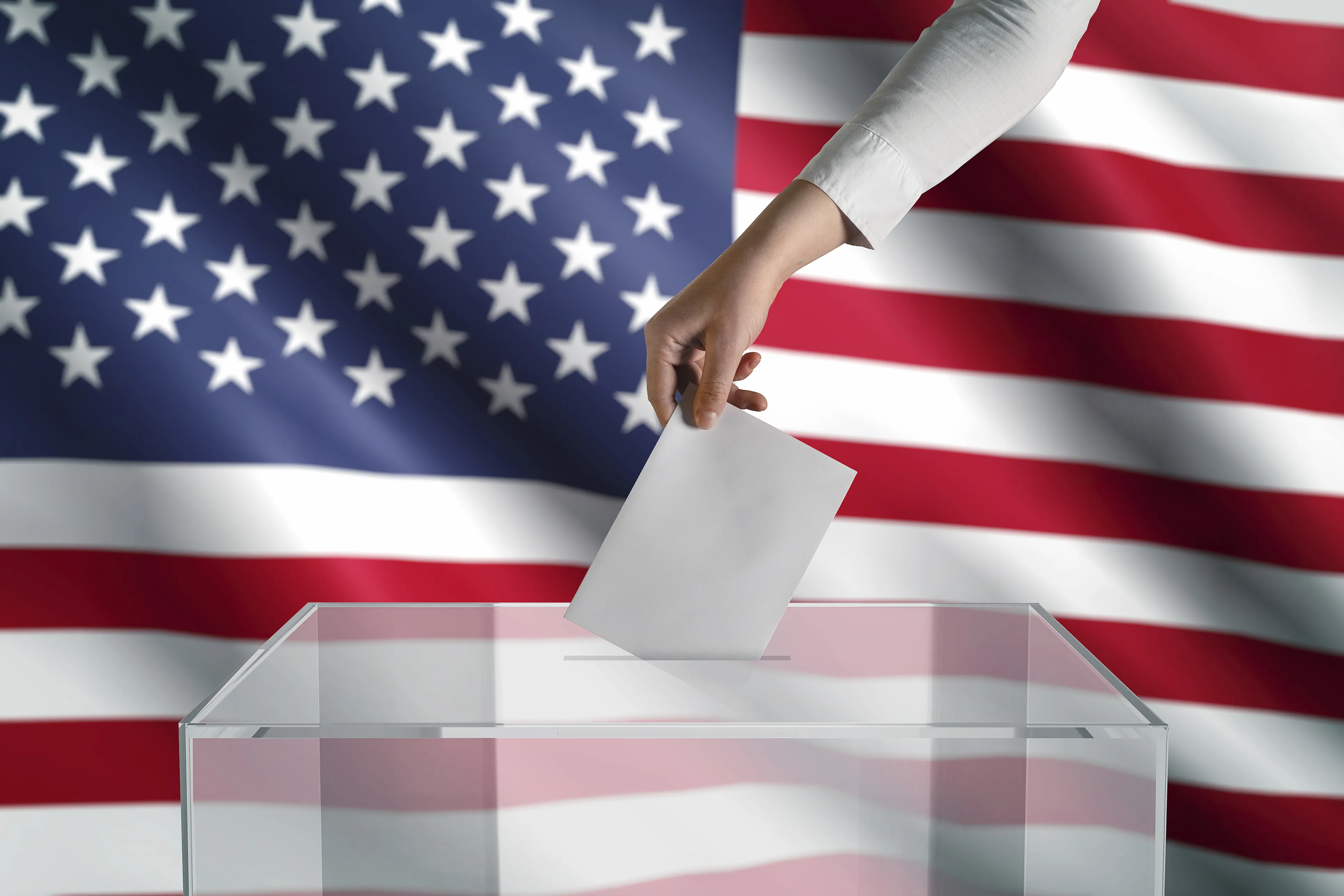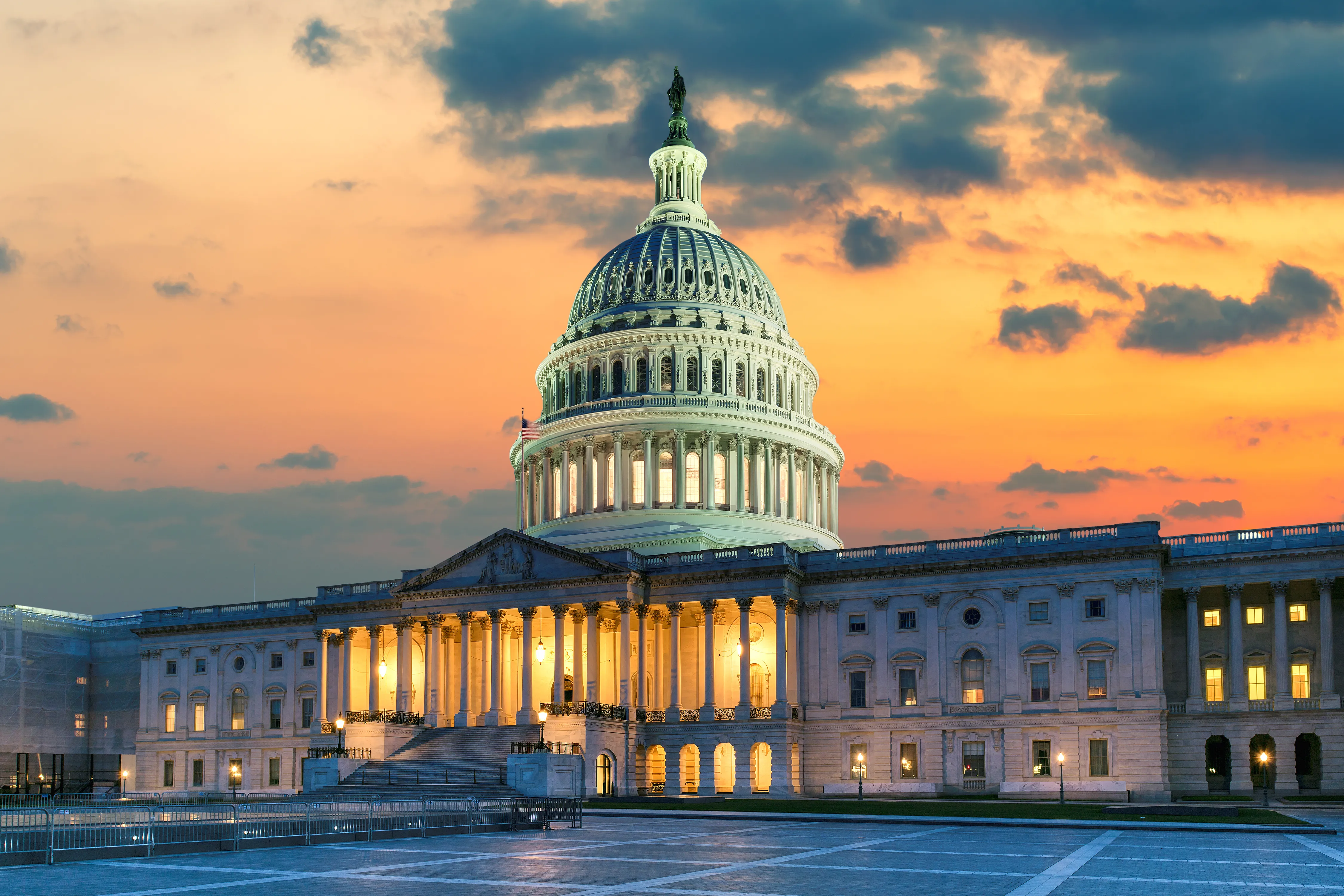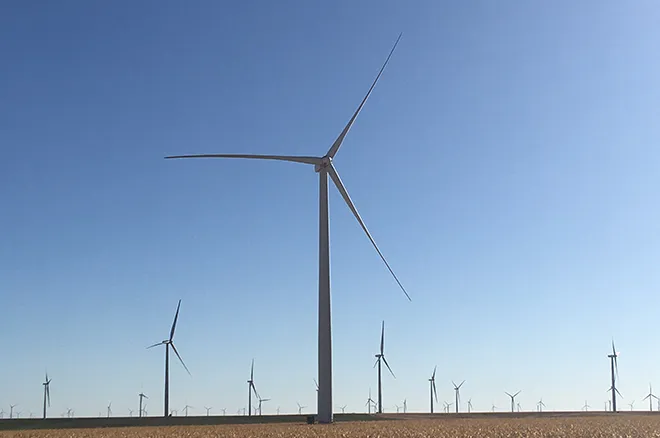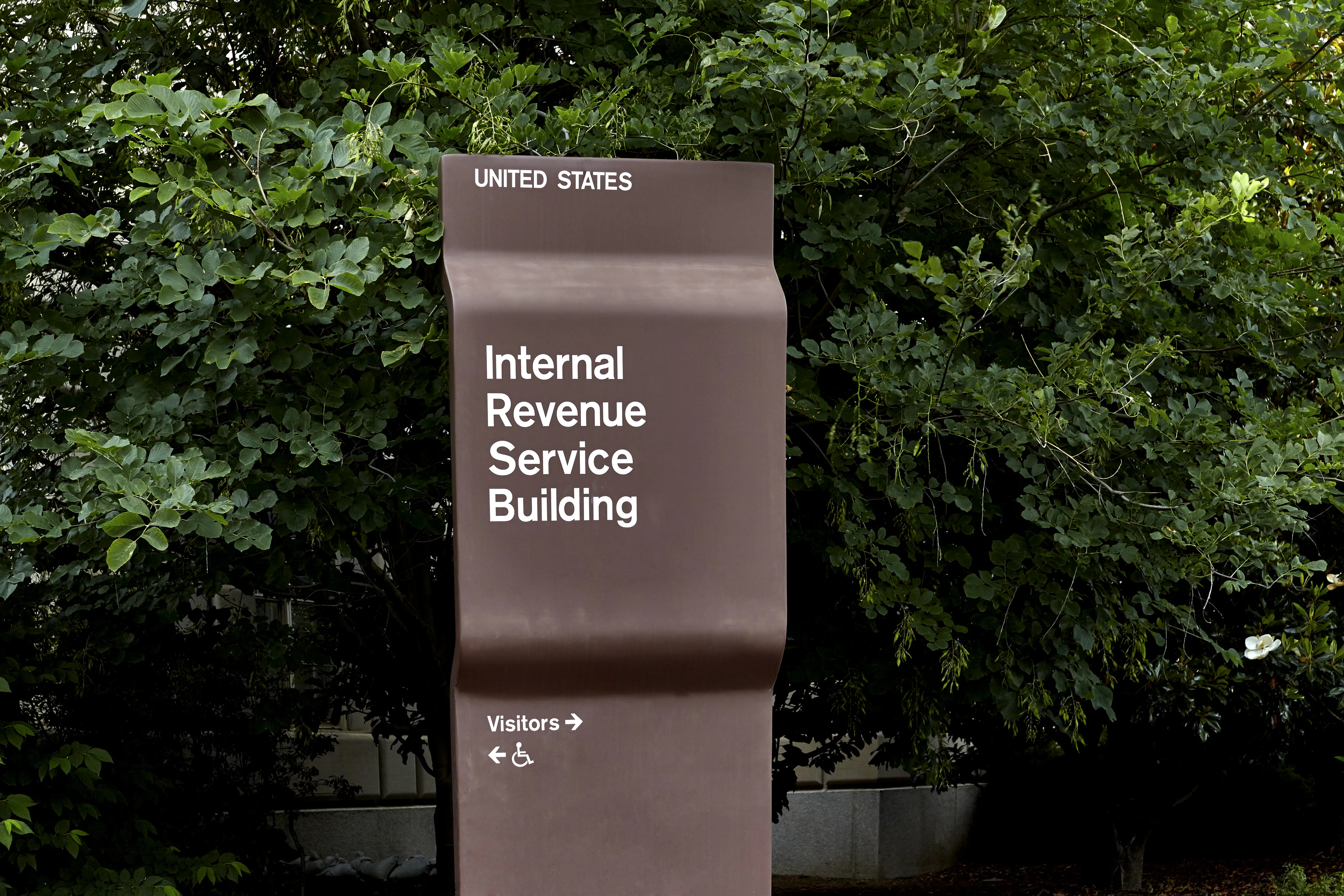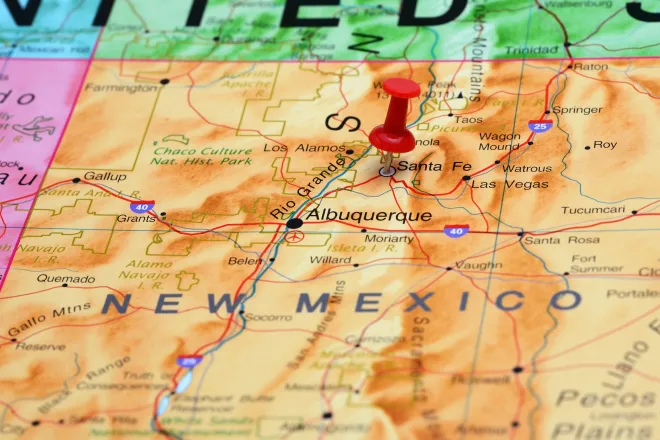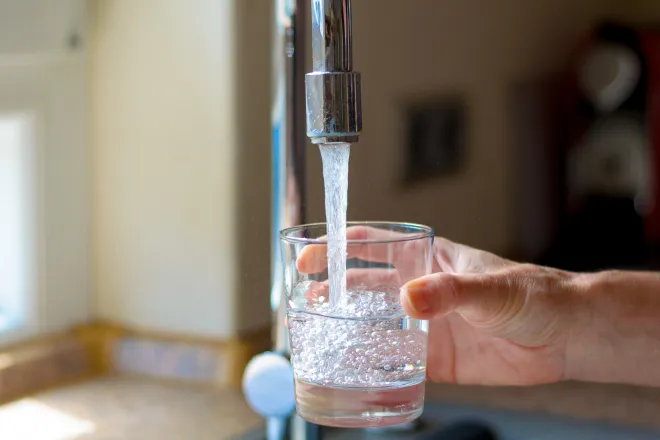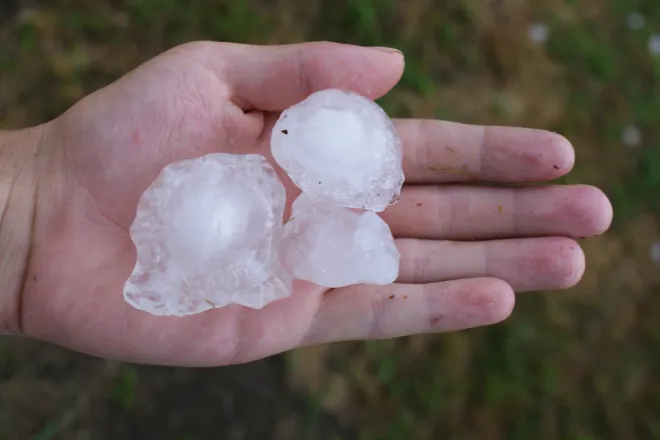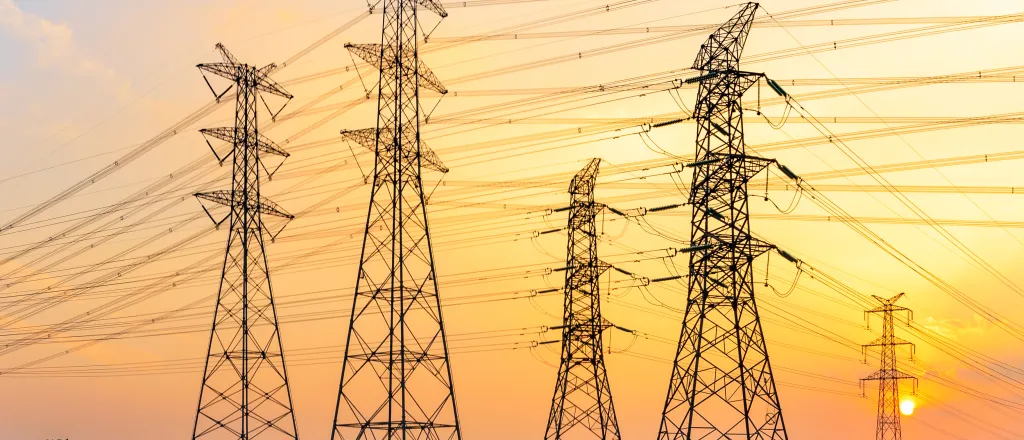
Federal cuts threaten already challenged Alaskan power grid
© iStock - zhaojiankang
Click play to listen to this article.
Despite last-minute concessions in the Trump administration's budget, which removes alternative energy tax incentives, rural Alaska power providers now face huge obstacles to distributing power to the most rural and isolated parts of the state.
Investments in wind and solar power now face an uphill battle. Alaska's extreme weather and challenging geography already make power generation difficult and expensive. Now, with fewer incentives to diversify, the state's most isolated places will be forced to continue relying on fossil fuels for their electricity.

Pierre Lonewolf, board member of the Kotzebue Electric Association, said the loss of tax incentives means critical alternative energy programs are dead in the water.
"That has put the kibosh on our wind projects, which we are partnering with the local tribe to install two more megawatt wind turbines, another megawatt or so of solar," Lonewolf explained.
Senator Lisa Murkowski, R-Alaska, voted for the budget bill but only after she worked to secure some alternative energy tax incentives and funding for Native whale hunters back into the measure in the debate's eleventh hour.
Lonewolf added village and tribal members have worked to move away from diesel fuel for power generation and said a lack of incentives to diversify to wind and solar will fall directly on rural Alaska's consumers who need affordable power to heat their homes.
"We don't want to have to raise our prices on electricity but we have to cover our costs to pay our people," Lonewolf acknowledged.
Kotzebue is a gateway for the diesel fuel powering 10 villages in rural Alaska. What Lonewolf called a war on renewable energy will only cause prices to keep rising in parts of the state that can least afford it.

